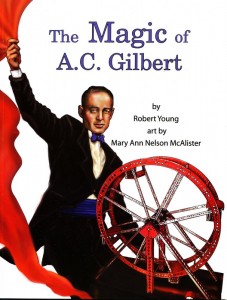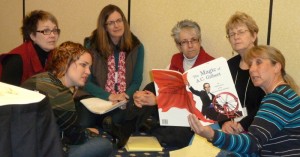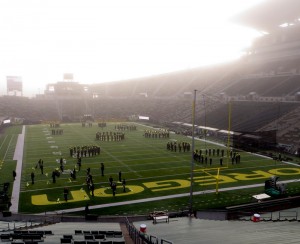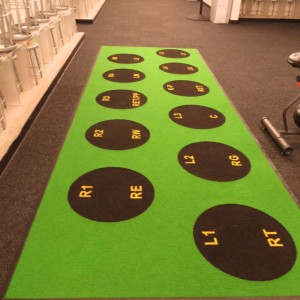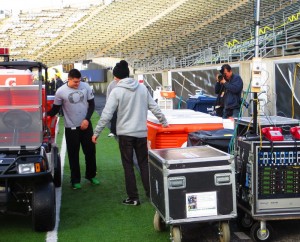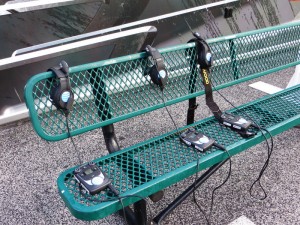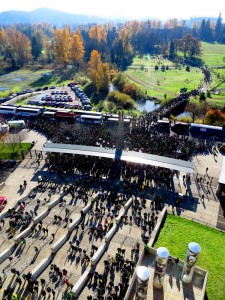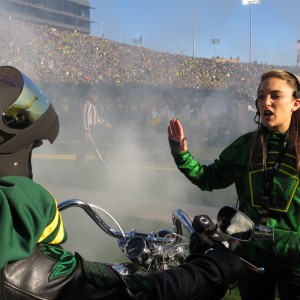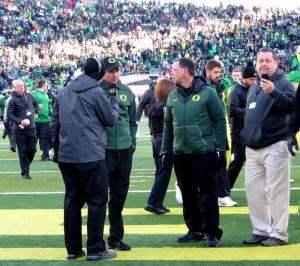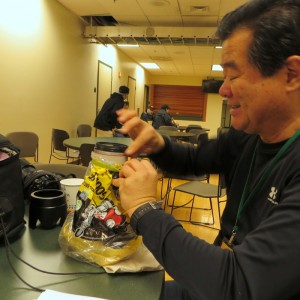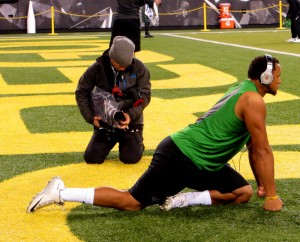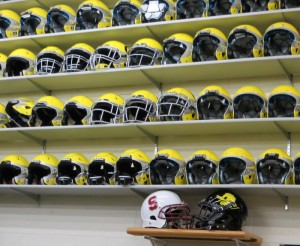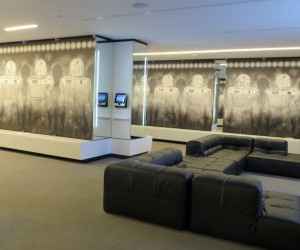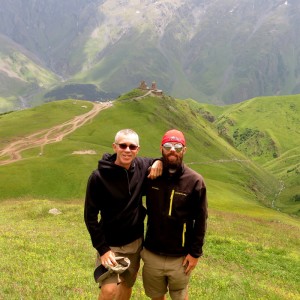Three Questions is a periodic feature of this blog. The focus is on three questions asked of everyday people involved in curious pursuits.
The subject of this Three Questions post is Deborah Schimberg, educator, environmentalist, and founder as well as president of Verve, Inc. Verve, located in Providence, Rhode Island, produces chewing gum and gum-making kits.
1) What made you want to get into the gum making business?
I actually never intended to get into the gum making business! In 1992, back when I was a teacher, my family and I traveled to Northern Guatemala. We visited an economically depressed, chicle-producing community and learned about chicle, the sap of the sapodilla trees that grow in the rainforests of Central America. Up until then, I had never thought about how chewing gum was made— or what gave it chewy texture. We were all surprised to hear that chicle had once been the basis of the entire chewing gum industry. When synthetic resins became the norm in the 1940s and ‘50s, the market for chicle diminished. But that’s a shame, because the harvest of chicle is sustainable and benefits both rainforest conservation and the local economy in forest regions. Upon my return to the States, my kids and I experimented with this sticky tree sap in our kitchen. By tweaking a traditional formula and adding confectioner’s sugar, corn syrup, and flavoring, we found a way to create homemade chewing gum. With hopes of building a new market for chicle and educating folks about it, I founded Verve, Inc. and began commercially producing a Make Your Own Chewing Gum Kit for kids. Folks liked the results of the Gum Kit so much that I decided to make it into a brand of gum—Glee Gum.
2) What should people know about gum making that they probably don’t?
When made with natural ingredients, chewing gum can be an eco-friendly breath freshener with a lot of additional benefits. Studies show that chewing gum stimulates saliva, which helps to promote dental health. Sugarless gum sweetened with xylitol, a natural sugar alcohol, can also help to reduce tooth decay and prevent cavities. (That’s what we use in our Sugar-Free Glee flavors!) And, numerous studies suggest that chewing gum aids in concentration, staying alert, short-term memory retention, and stress relief.
3) What is “natural gum” and why is it better that “synthetic gum”?
Most gum on the market today comes loaded with artificial flavors, colors (like Blue 2 Lake or Red 40), sweeteners (like Aspartame or Acesulfame K), and preservatives (like BHT). Who needs all that stuff? Unlike most gum, Glee Gum is made without artificial colors, flavors, sweeteners, or preservatives. It’s also the only gum on the market that is Non-GMO Project Verified and Fairtrade certified. Plus, it’s made with chicle!


